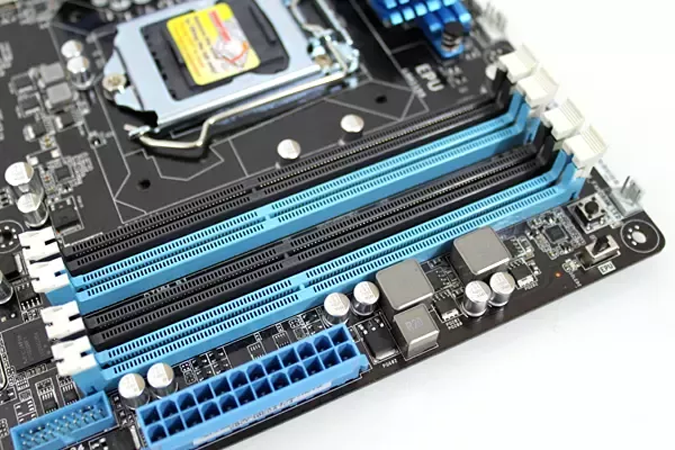- Joined
- Aug 20, 2007
- Messages
- 4,485
- Reaction score
- 1,169
- Location
- Old Virginny
- Gender
- Male
- Political Leaning
- Very Conservative
I got the message on both my PC's that I couldn't install Windows 11 because I didn't have my TPM configured. I do have a slot for a TPM on my motherboard, but I was wondering if anyone could tell me what would be the best TPM to install? I have seen cheap ones and expensive ones but would like to know the difference and is it worth it for me to install one? Otherwise, I'm fairly happy with Windows 10.


